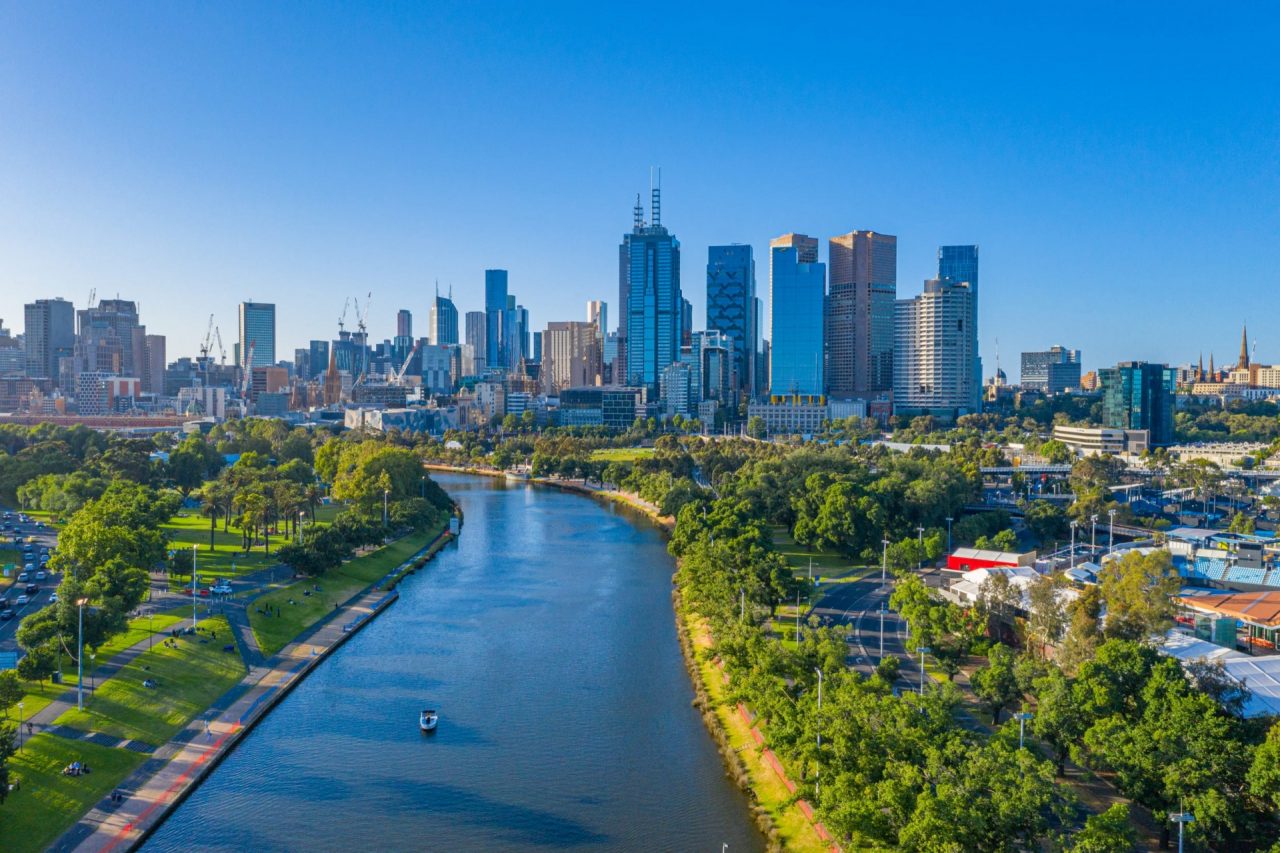It’s the most substantial investment ever made in the northeast area of Melbourne. The North East Link will be a new underground arterial road designed to improve the flow of above-ground traffic, foster better city transport, reduce traffic congestion and connect distant corners of the city. 6.5 kilometres (4.04 miles) long, the Link will give local transportation more of a modern edge. The project is part of a larger-scale program (the North East Link Program or NELP) aimed at revamping the city fabric with parks, new gathering spaces and bike paths.
The North East link: a tunnel below Melbourne
Melbourne is growing – economically, demographically, and socially. One of the results is more traffic. Improving transport and making it more sustainable are key goals of the government; local administration and projects like the North East Link are the best ways of doing so.
The 6.5 kilometre-long, three-lane twin tunnels will take 15,000 commercial vehicles off local roads each day, and are slated to reduce commuter travel time by 35 minutes. The project will entail constructing the longest tunnel in the state of Victoria. Notably, this is also the largest-scale project ever carried out in Australia using the PPP (public-private partnership) formula.
On October 28, Webuild Group, part of the SPARK consortium, signed a AU$3.3 billion (€2.1 billion) contract for the North East Link PPP Primary Package.
The joint venture will involve designing and building the twin tunnels, which are part of an even larger plan to connect the M-80 Ring Road and the Eastern Freeway, two key links that also run in the North-East area of the city.
Other works in the large-scale North East Link project
The tunnel is the big news, but it’s not the only news. The North East Link Program is an urban regeneration project that will impact a significant portion of Melbourne. The new highway will run underground and comes alongside a series of initiatives aimed at revamping the above-ground roads, too. These include the first bus-only roadway, and the creation of a 34-kilometre (21-mile) network of pedestrian and bicycle paths looping around the Yarra River.
The network also includes 40 new bridges that will connect different neighborhoods and areas, facilitating easy access to schools, museums, shopping areas and tourist attractions on foot or by bicycle. This is the blueprint for an ever-growing, ever-more-sustainable Melbourne.

Webuild and Australia
Australia is the “ground floor” for new practices in sustainable infrastructure. It’s a place where both federal government and local authorities are pursuing new models of development centered on sustainability and innovation. These models have the potential to set trends for urban growth in other large metropolises.
Webuild Group has long been at work in supporting this infrastructure transformation, both in transport and energy production. The Group’s projects have included Snowy 2.0, Australia’s largest hydroelectric power facility, as well as Perth’s Forrestfield-Airport Link, a light rail designed to improve connections between the airport with the city center.
“Australia is a strategic market for us in light of the possibilities that it offers in terms of sustainable mobility and renewable energy,” said Pietro Salini, Chief Executive of Webuild. “We are proud to be leaders of this joint-venture of international companies that will build the NELP. The contract is a major achievement for the Group. It is the culmination of years of commitment that Webuild has made to a market where it aims to grow and consolidate its presence. It is also recognition of our people’s expertise in light of the experience acquired building some of the largest and most challenging infrastructure projects in the world.”
Webuild’s presence has also been pronounced in the training and research sectors. The Group has opened a second office in Melbourne, where it has developed a new partnership with the University, in addition to other collaborations already underway with the University of Technology in Sydney and the University of Queensland. Investing in young people means investing in the future —making it richer, certainly, but above all, more sustainable.

